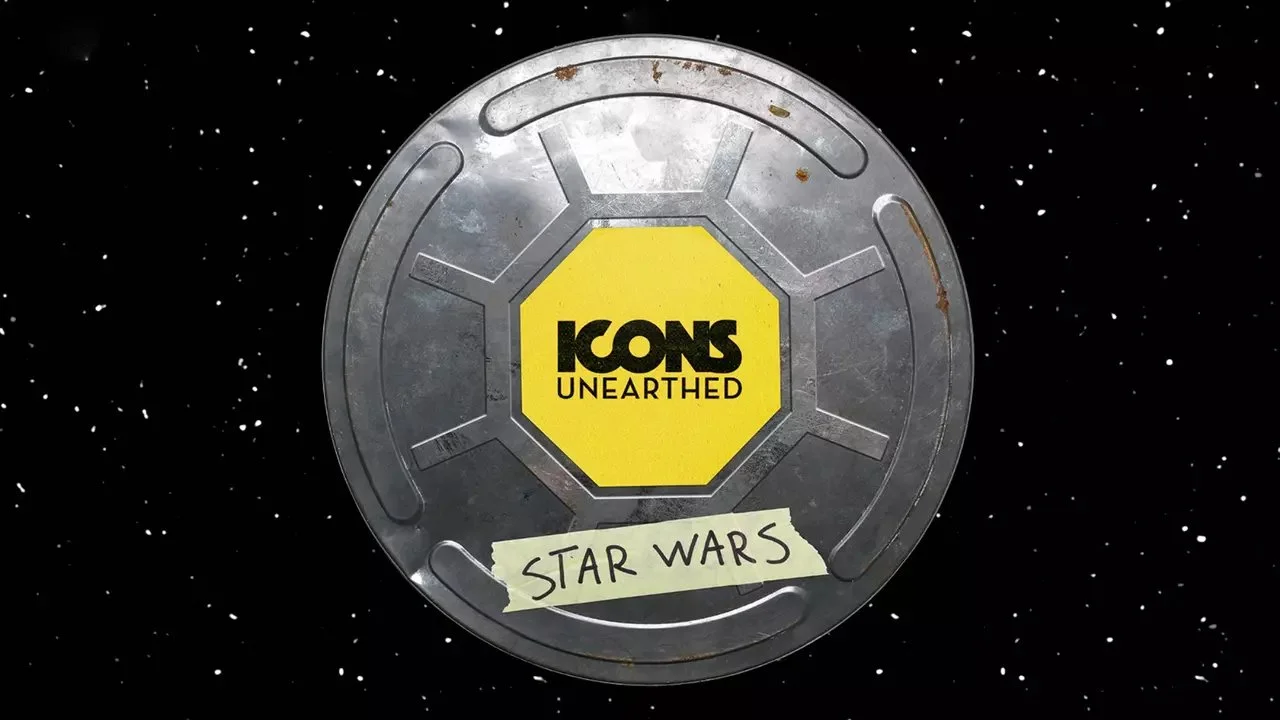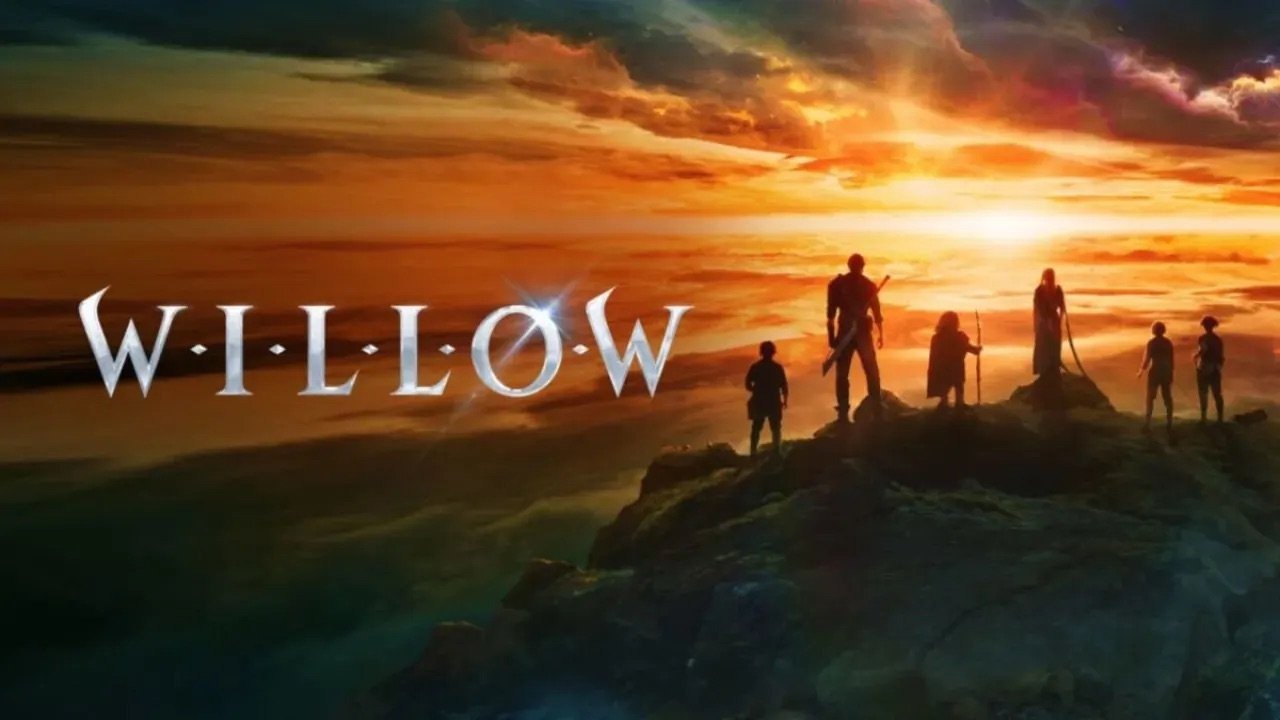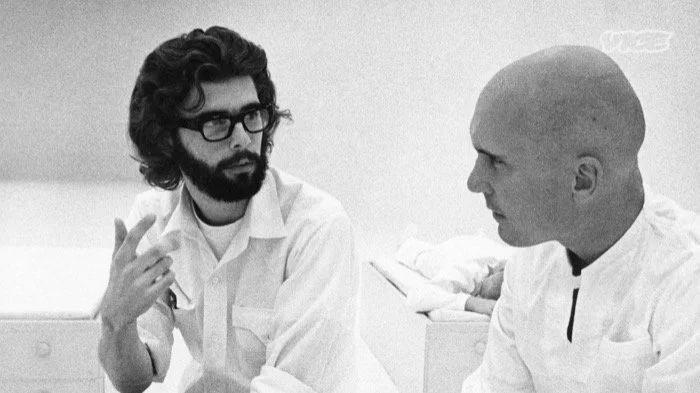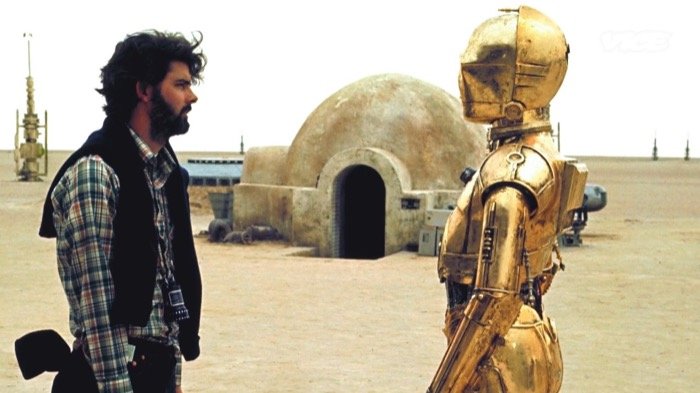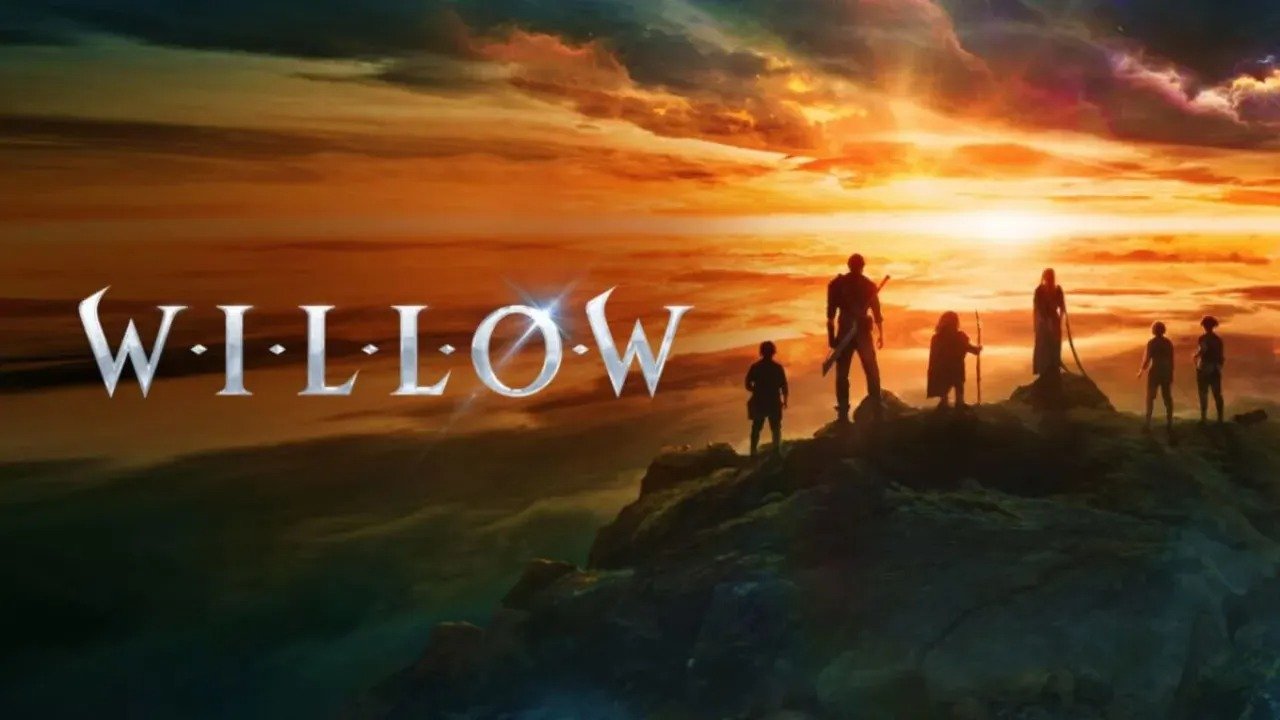What We Learned From The First Episode Of 'Icons Unearthed'
When Murphy’s Law constantly hits and everything that can possibly go wrong actually does, it is sometimes best to simply give up at some point, because even if you make it to the end, the final result won’t be that good.
Luckily this isn’t true for Star Wars: A New Hope, one of the most famous (and best?) movies of all time, despite the sheer never-ending string of big and small catastrophes that plagued its production.
RELATED:
On July 12 Vice TV premiered the first episode of their new documentary series Icons Unearthed. While the show will tell the stories behind several pop-culture phenomenons, both on the big screen and the small, the first six episodes are committed to the creation of the Star Wars movies.
The series produced by The Nacelle Company is remarkable alone for the fact that it includes the first ever TV interview of Marcia Lucas, George Lucas’ ex-wife, who was heavily involved in the creation of the Original Trilogy and won an Oscar for Best Editing in 1978. She also confirms that it was her idea to have Ben Kenobi die, as the old Jedi Master didn’t have much to do after the escape from the Death Star, other than communicate with Luke in his X-Wing during the final space battle, something he could also do from the afterlife, thanks to the Force.
But Marcia Lucas is not the only “icon” that gets to remember back to the early and mid-70s and how it had been to work on a movie that only a few people at that time understood, and even fewer believed would be a success. ILM and special-effects legends like John Dykstra, Robert Edlund, and set dresser Roger Christian get their share as well as Dale Pollock, the man who wrote the official George Lucas biography or Anthony Daniels and it's fascinating alone to see how these people, who are usually known primarily from behind-the-scenes images that are more than 40 years old look today.
Judging from this first episode it seems that the series will tell the story of Star Wars and Lucasfilm in straight chronological order, but its put together in a quite funny way, as many of the interview parts or old shots are cleverly intercut with little scenes from the actual movie that fit the context.
The story starts with Lucas’ parents Dorothy Ellinore Lucas (née Bomberger) and George Walton Lucas Sr. His father owned a stationery shop in Modesto and didn’t believe in movies or arts in general and neither understood the career choice of his son nor did he support him. One of the mantras of Lucas Sr. was to make enough money to be able to make your own financial decisions so that you don’t have to rely on others, something that his son surely took to heart further down in his life, even if he didn’t enter his father’s business.
The story then continues with Lucas’ car accident that ended his dreams of becoming a race driver and how he enlisted at USC to become a film student. During this time, he met not only his life-long friend Francis Ford Coppola but also his future wife, who then became an editor for Coppola’s The Rain People.
The show briefly covers THX 1138, which was a flop, and American Graffiti, which became a hit and put Lucas on the radar of many Hollywood studios. But he declined all offers to direct other movies as he wanted to work on his own space opera.
While touching on the subject of the constant script rewrites that continued well into the production of the movie, the series also reflects on the casting process that was done together with Brian De Palma, who was looking for actors for his adaptation of Stephen King’s Carrie. Lucas first wanted Christopher Walken to play the role of Han Solo, but both Marcia and casting director Fred Roos lobbied for Harrison Ford, whom Lucas didn’t want to “reuse”, as he had already worked with him on America Graffiti.
The show then tells the story of the massive (rain) storm, while shooting in Tunisia as well as all the other problems with malfunctioning droids or misbehaving Jawas and how Lucas never got to film the things he had envisioned. But the trouble continued when he moved the production to England, where he not only had to deal with strict union rules but also with a crew that didn’t like him and didn’t like his movie.
With the production way over budget and miles behind schedule, Fox even threatened to pull the plug on the movie.
When Lucas and the crew returned to the United States, he found out that Industrial Light and Magic had spent most of the budget on research and development for things that had never been done before and had completed just one effect shot: the launch of the escape pod.
The episode ends with Lucas being taken to the hospital after breaking down under the constant stress and disappointments, while Fox’s executives visited ILM, finding the crew sliding down and an old airplane emergency slide into a hot tub.
People who have read J. W. Rinzler’s The Making of Star Wars, Roger Christian’s Cinema Alchemist, or other behind-the-scenes books will probably remember most of the staff that is talked about in Icons Unearthed, but there are still many little things that are not that well known, like that Carrie Fisher was originally planned to star in Carrie. Or that William Katt, the blonde guy, who took Carrie (not Fisher) to the fateful ball at the end of the horror movie was originally intended to be Luke Skywalker. Or that Twentieth Century Fox, the only studio that didn’t turn down Lucas was desperately in search of a movie that would get a young audience into the cinemas, as its last major success had been The Sound of Music. Or that Lucas originally wanted to hire Douglas Trumbull for the special effects, but Trumbull didn’t want to do another space movie after 2001 and so he recommended John Dykstra.
Or…or…or…
READ NEXT:

